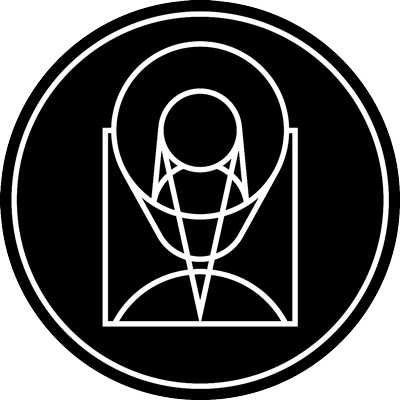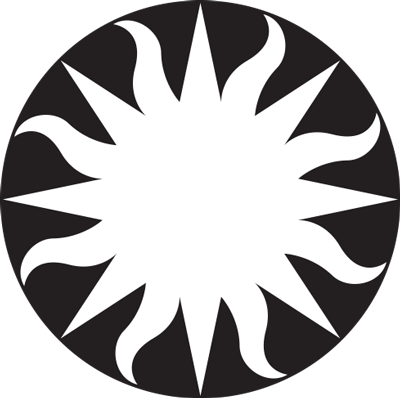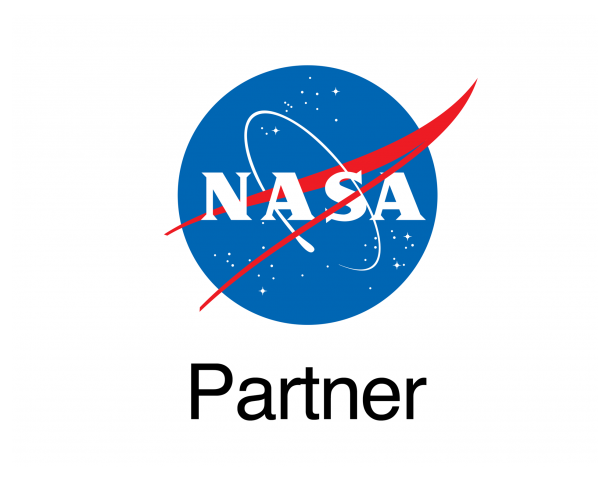Hubble’s panoramic view of the Andromeda Galaxy

esahubble_heic2501a January 16th, 2025
Credit: NASA, ESA, B. Williams (University of Washington)
This the largest photomosaic ever assembled from NASA/ESA Hubble Space Telescope observations. It is a panoramic view of the neighboring Andromeda galaxy, located 2.5 million light-years away. It took over 10 years to make this vast and colorful portrait of the galaxy, requiring over 600 Hubble snapshots. The galaxy is so close to us, that in angular size it is six times the apparent diameter of the full Moon, and can be seen with the unaided eye. For Hubble’s pinpoint view, that’s a lot of celestial real estate to cover. This stunning, colorful mosaic captures the glow of 200 million stars. That’s still a fraction of Andromeda’s population. And the stars are spread across about 2.5 billion pixels. The detailed look at the resolved stars will help astronomers piece together the galaxy’s past history that includes mergers with smaller satellite galaxies. [Image description: The Andromeda galaxy, a spiral galaxy, spreads across the image. It is tilted nearly edge-on to our line of sight so that it appears very oval. The borders of the galaxy are jagged because the image is a mosaic of smaller, square images against a black background. The outer edges of the galaxy are blue, while the inner two-thirds is yellowish with a bright, central core. Dark, dusty filamentary clouds wrap around the outer half of the galaxy’s disk. At 10 o’clock, a smaller dwarf elliptical galaxy forms a fuzzy, yellow blob. Hubble’s sharp vision distinguishes about 200 million stars within the image.]
Provider: Hubble Space Telescope | ESA
Image Source: https://esahubble.org/images/heic2501a/
Curator: ESA/Hubble, Baltimore, MD, United States
Image Use Policy: Creative Commons Attribution 4.0 International License

- ID
- heic2501a
- Subject Category
- Subject Name
- Andromeda Galaxy, M 31, Messier 31, NGC 224
- Credits
- NASA, ESA, B. Williams (University of Washington)
- Release Date
- 2025-01-16T20:15:00
- Lightyears
- Redshift
- Reference Url
- https://esahubble.org/images/heic2501a/
- Type
- Observation
- Image Quality
- Distance Notes
- Facility
- Hubble Space Telescope, Hubble Space Telescope
- Instrument
- WFC3, WFC3
- Color Assignment
- Blue, Yellow
- Band
- Optical, Optical
- Bandpass
- g, I
- Central Wavelength
- 475, 817
- Start Time
- Integration Time
- Dataset ID
- None, None
- Notes
- Coordinate Frame
- ICRS
- Equinox
- J2000
- Reference Value
- 10.9324088386, 41.3858104149
- Reference Dimension
- 42208.0, 9870.0
- Reference Pixel
- 21104.0, 4935.0
- Scale
- -5.551820996312463e-05, 5.551820996312463e-05
- Rotation
- -125.02223862026
- Coordinate System Projection:
- TAN
- Quality
- Full
- FITS Header
- Notes
- Creator (Curator)
- ESA/Hubble
- URL
- https://esahubble.org
- Name
- Telephone
- Address
- ESA Office, Space Telescope Science Institute, 3700 San Martin Dr
- City
- Baltimore
- State/Province
- MD
- Postal Code
- 21218
- Country
- United States
- Rights
- Creative Commons Attribution 4.0 International License
- Publisher
- ESA/Hubble
- Publisher ID
- esahubble
- Resource ID
- heic2501a
- Resource URL
- http://esahubble.org/media/archives/images/original/heic2501a.tif
- Related Resources
- Metadata Date
- 2025-01-19T17:52:06.948386
- Metadata Version
- 1.1
Detailed color mapping information coming soon...











